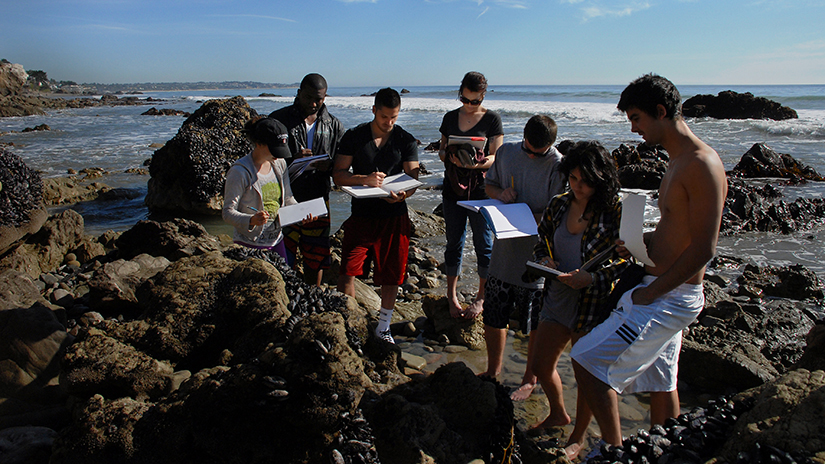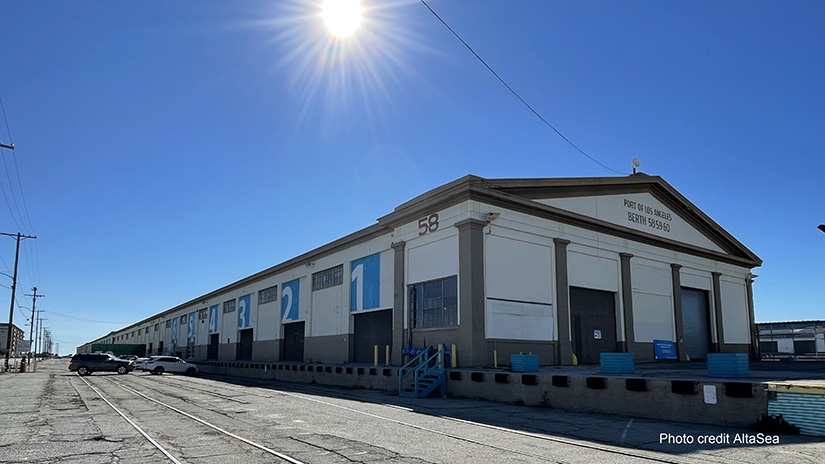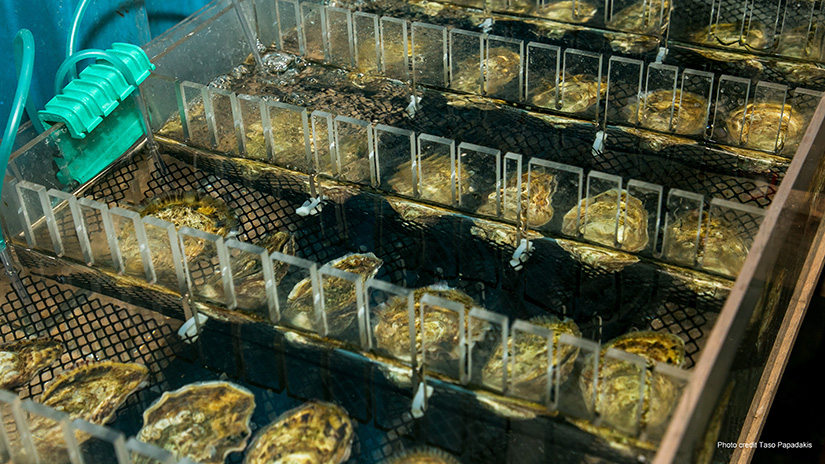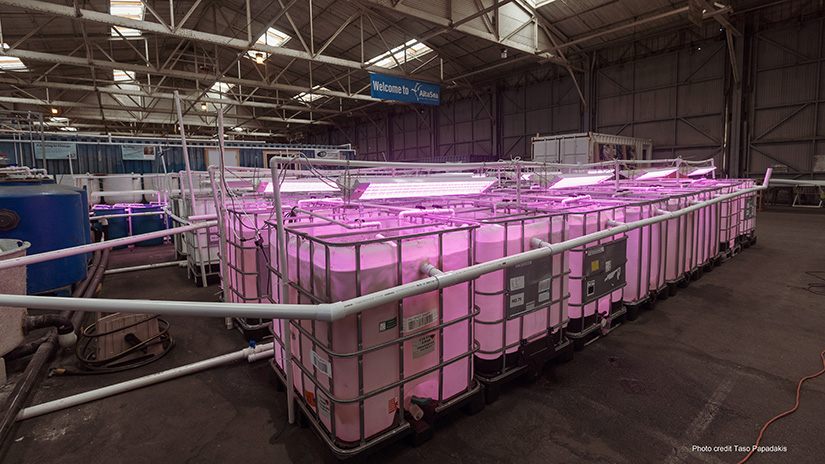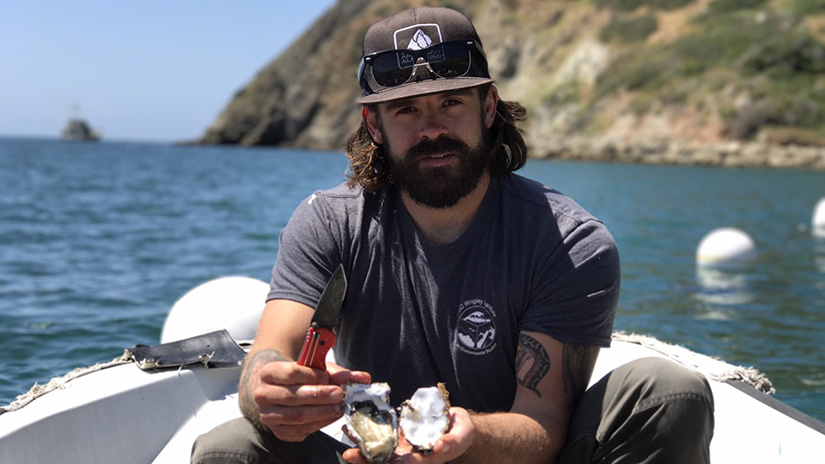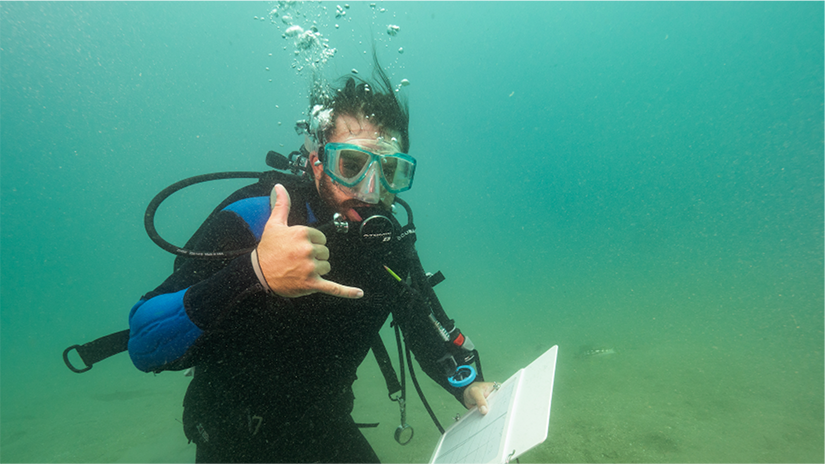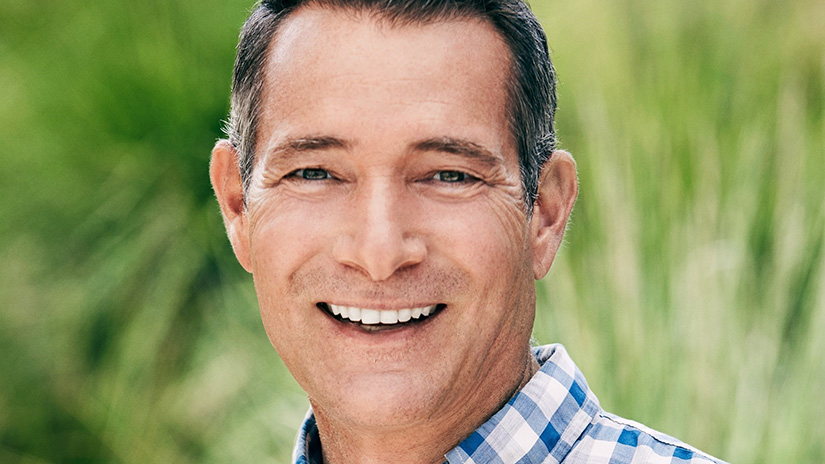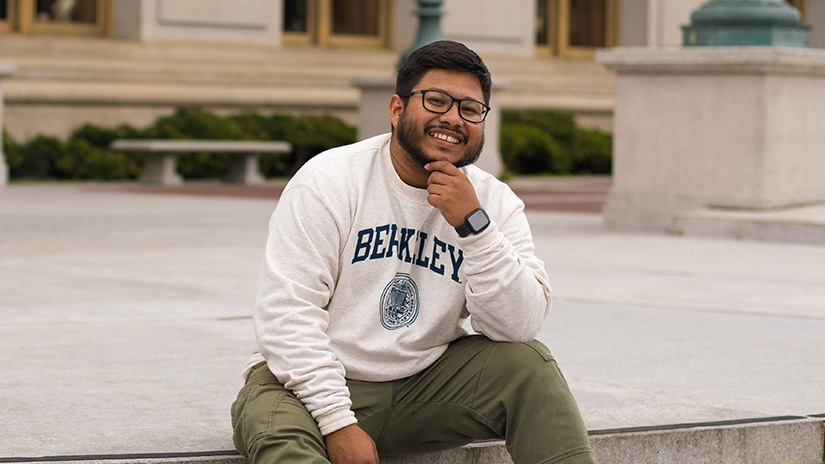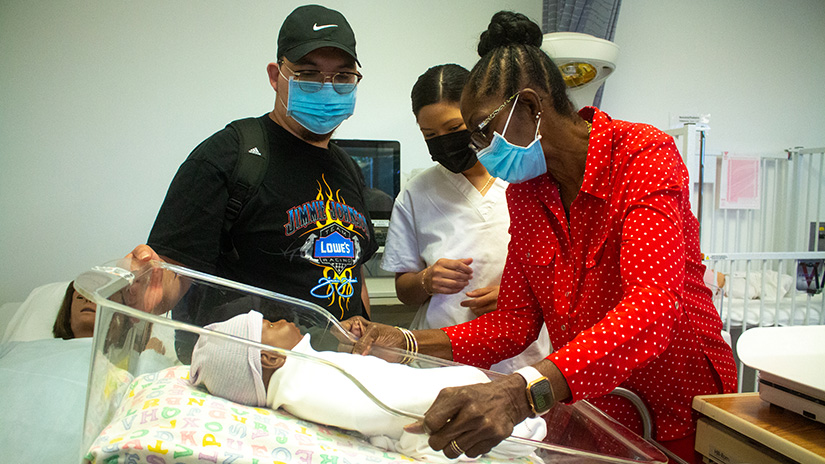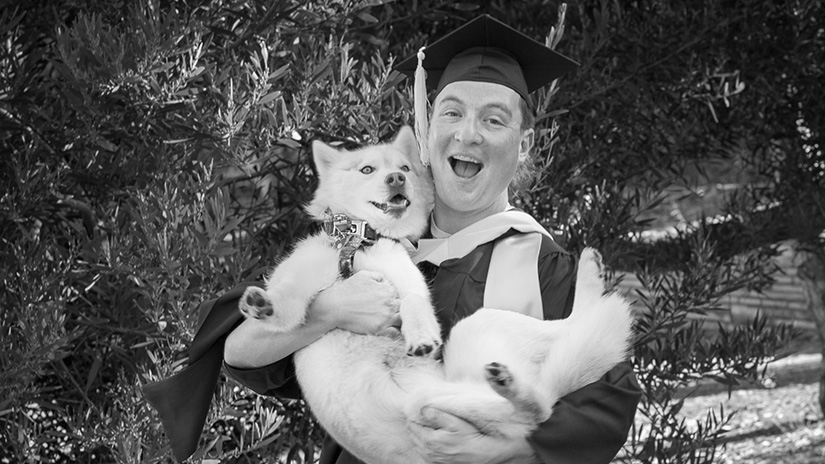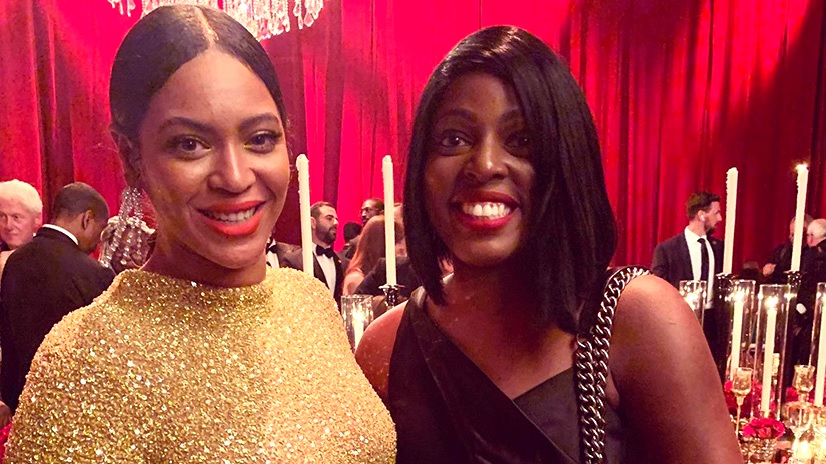
The oceans have always been vital to our planet’s health and nations’ economies by generating food and oxygen, enabling the transportation of goods, and even helping regulate our climate. But greenhouse gases and other pollution, as well as overfishing, threaten the sea’s ability to sustain life.
Meeting this urgent challenge is creating numerous job opportunities. The Los Angeles Economic Development Corp. projects that the blue economy will produce some 126,000 direct jobs in Los Angeles County alone by 2030, offering some $37.7 billion in wages.
“That is a staggering number, and we want to position our students for the first opportunities that exist in one of the world’s fastest-growing business sectors,” said Santa Monica College President Kathryn E. Jeffery.
SMC is partnering with AltaSea at the Port of Los Angeles to create post-secondary certificate and degree programs that span a variety of fields of study. AltaSea advances the blue economy through scientific innovation and collaboration. The first program being developed at SMC as part of the partnership is a pioneering six-course aquaculture certificate program that is expected to launch in 2023.
“This program provides a great opportunity for people who love the water to work in a well-paying industry that is healing the world’s problems instead of creating more of them,” says SMC Sustainability Manager Ferris Kawar.
The new program will begin with Introduction to Aquaculture, which, in addition to being transferrable to the University of California system, also provides a global citizenship credit as a course dedicated to fostering a more sustainable world. Students will then move on to two newly designed laboratory courses that will provide hands-on training. Hatchery Techniques and System Design covers how to keep organisms alive and thriving in a marine lab or aquaculture facility, while Fish, Shellfish and Algae Production will educate students in techniques to produce aquatic life in large volumes. Other courses are also being developed, and the program’s electives will range from business and general marine biology to oceanography and possibly even scuba classes.
“When they finish the certificate program, students will know about everything from growing microalgae in a clean space to planting shellfish, kelp and algae in a marine environment,” Ferris explains, referring to the practice of adding organisms to threatened ecosystems to restore their vitality and balance.
Sea of Opportunity
In addition to the partnership with AltaSea, SMC will collaborate with Holdfast Aquaculture, which produces resources for sustainable seafood growth, for résumé-building experience.
“Internship experiences are crucial and required for the certificate,” says Nathan Churches, Holdfast co-founder and chief science officer who leads and serves as developer for the certificate program. “Although other colleges and universities offer aquaculture programs, their training facilities tend to be limited to marine laboratories,” he notes. What distinguishes SMC’s program is its direct connection to entrepreneurial research organizations, whether they be nonprofit, like AltaSea, or for-profit, like Holdfast.
“Holdfast has a site at AltaSea,” Nathan explains, “so we’ll be just tens of feet from students who are studying aquaculture concepts firsthand.” He looks forward to welcoming SMC student interns to the company, and to hiring graduates for full-time positions. And since AltaSea serves as an incubator for a number of blue-economy enterprises, students will have internship and job opportunities with other businesses as well.
Depths of Expertise
In addition to his aquaculture expertise, Nathan brings to SMC a combination of scientific acumen and teaching experience. Relatively few people have a background in all three, making him a natural fit for the project. Nathan earned his PhD in molecular biology from the University of Southern California and taught and mentored for a number of institutions, from Mount St. Mary’s University and San Francisco State University to AltaSea itself.
“I’ve always been ocean-oriented,” Nathan says. After working in commercial fishing from his teens to his mid-20s, he went back to school to study the industry’s ecological impact. “As I started getting more expertise in conservation-minded food production, low-trophic aquaculture — specifically bivalves and seaweeds — kept rising up as one of the best and most sustainable ways to harvest proteins from the ocean.”
In addition to his passion for aquaculture and education, Nathan has a business-related reason for promoting student success. Students earning the certificate, he says, will fill the jobs that are going to be needed in Southern California as the field grows. “As an entrepreneur, I need those entry-level and middle-skill workers, because they’re hard to find,” he says.
Further, SMC is ideally positioned for this certificate because the college’s Southern California location has been identified by the National Oceanic and Atmospheric Administration (NOAA) as one of the two best places in the country for aquaculture. “Aquaculture might currently be a tiny industry here, but it’s going to grow quickly,” Ferris says.
A Brighter, Bluer Future
Aquaculture’s potential is as vast as the oceans that cover 70 percent of our planet. Program graduates, for example, will be able to work in enterprises that both feed the hungry and remove underwater pollution. Holdfast is a leader in this realm, producing seed to grow various types of shellfish and seaweed.
“Shellfish filter water really efficiently,” removing particulates and nutrients that could otherwise reach harmful levels, Ferris explains, and bivalves also sequester carbon. Similarly, seaweed reduces excess nitrogen and sequesters carbon but also provides a habitat for marine life.
Another advantage, Nathan adds, is that farmers don’t have to feed these organisms. “You just put them in the water, and they filter feed naturally,” he says.
“We have some pretty polluted water out there,” Ferris observes. “And this program provides an opportunity to grow mussels, clams, oysters and urchins to clean up our waters. Plus, seaweed grows faster than terrestrial trees and sequesters carbon at the same pace. It won’t burn down in a forest fire, and you don’t have to water it.”
Beyond food production, SMC’s aquaculture certificate will also prepare students for careers in areas such as renewable energy and climate change response.
“The products you pull from the ocean can be used for biofuels, fertilizers, cosmetics, biotech ingredients as well as food on our plates,” Ferris says. Students might also work in wave power, a new technology that derives energy from the force of ocean currents, or on systems that can collect solar energy while helping stop water temperatures from rising.
“There are all sorts of important industries that are going on at AltaSea, and SMC plans to be the trainer for many of these green jobs,” he adds.
With California aiming for carbon neutrality by 2045, Nathan sees an urgent need for workers to help develop sustainable technologies. “So aquaculture’s just the starting point of SMC’s partnership with AltaSea,” he says.
* * *




